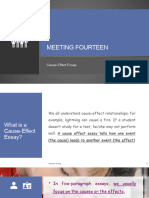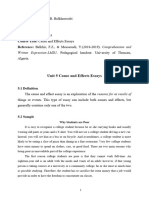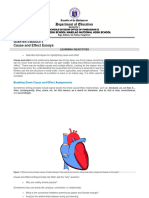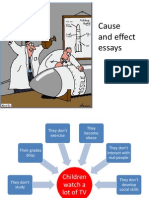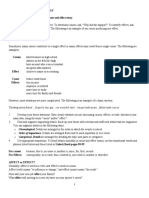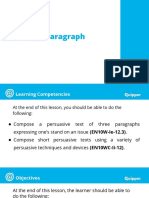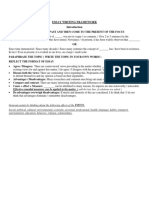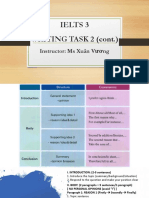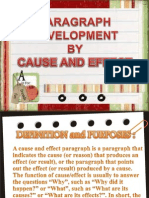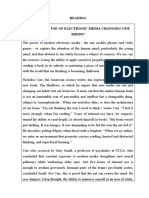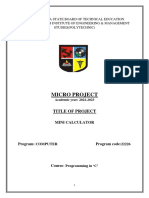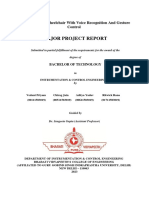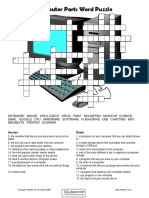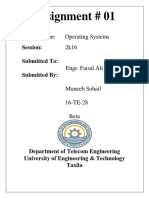0% found this document useful (0 votes)
235 views14 pagesCause and Effect Essay
This document provides guidance on writing cause-effect essays. It explains that a cause-effect essay shows the relationship between events and their consequences or between actions and results. There are two main methods: focusing on causes or focusing on effects. The document provides examples and outlines of each method. It also discusses developing topics, brainstorming ideas, avoiding wordiness and redundancy, and choosing transition words for cause-effect essays.
Uploaded by
1857010119huyCopyright
© © All Rights Reserved
We take content rights seriously. If you suspect this is your content, claim it here.
Available Formats
Download as DOCX, PDF, TXT or read online on Scribd
0% found this document useful (0 votes)
235 views14 pagesCause and Effect Essay
This document provides guidance on writing cause-effect essays. It explains that a cause-effect essay shows the relationship between events and their consequences or between actions and results. There are two main methods: focusing on causes or focusing on effects. The document provides examples and outlines of each method. It also discusses developing topics, brainstorming ideas, avoiding wordiness and redundancy, and choosing transition words for cause-effect essays.
Uploaded by
1857010119huyCopyright
© © All Rights Reserved
We take content rights seriously. If you suspect this is your content, claim it here.
Available Formats
Download as DOCX, PDF, TXT or read online on Scribd
/ 14

